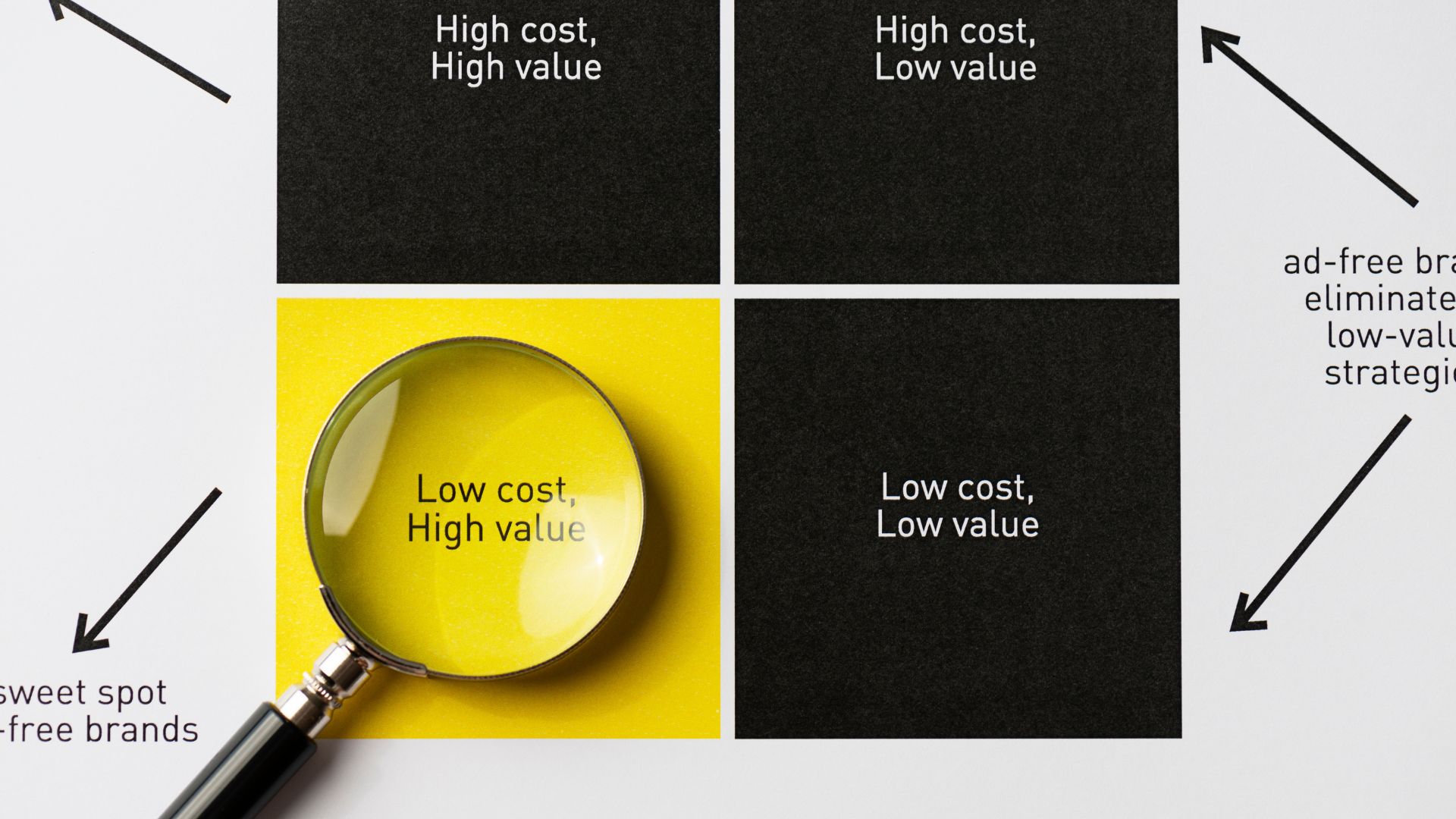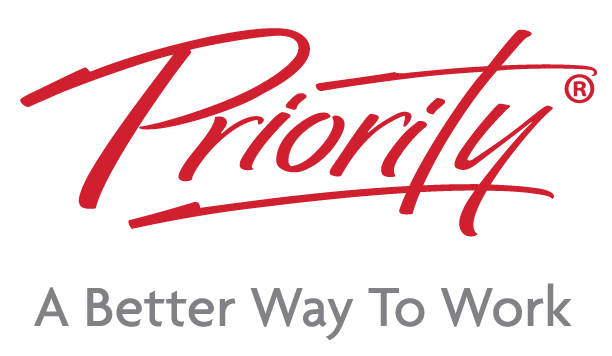Your email inbox is full. Someone just messaged you on Teams. Your phone is buzzing with texts. And now a colleague is standing at your desk asking for “just a quick favour.”
Sound familiar?
Robbie Stewart knows this feeling well. He’s spent 15 years helping people at Priority Management Australia figure out their workdays. But he says the real problem isn’t knowing what’s important.
“Communication can come through various platforms,” Stewart explains. “Email, Teams, WhatsApp, text messages, and countless notifications.” The issue is making quick decisions about everything else.
The Four D Framework can help. It’s a simple way to decide what to do with every task, email, or request that comes your way. Instead of letting things pile up, you make a quick decision and move on.
How the Four Ds Actually Work
The Four D Framework gives you four choices for any task: Delete, Delegate, Do, or Defer.
Stewart explains it this way: “When a request comes in, or an email hits your inbox, or a chat message hits teams, or you get another text message… what are we going to do with them?”
That’s it. Four options. Pick one and move forward.
Delete – Remove the Unnecessary
Some things just don’t matter. Stewart calls it “white noise that comes through our emails, our communications, and all these apps that we have to use.”
 You can delete:
You can delete:
- Emails that five people already replied to
- Meeting invites for topics that don’t affect your work
- Notifications that just tell you someone did something
- Requests that are no longer relevant
Stewart points out that many meetings “perhaps shouldn’t have been a meeting” in the first place.
But delete doesn’t just mean spam. It means recognising that not every request deserves a response. This is hard for people who want to help everyone. But it’s necessary.
The hard part is being honest about what actually matters. But once you start deleting the noise, you’ll have more time for real work.
Delegate – Pass on What You Can
Delegation sounds great in theory. But Stewart is realistic about it. He once talked to a school principal who “ran a few committees as well” on top of everything else. “I don’t know how he does it, but he does it somehow,” Stewart says.
If you can delegate, you need:
- Someone who can actually do the work
- Clear instructions about what you want
- A way to check that it gets done
Stewart likes Microsoft Planner for delegation because “everyone within a team can see this planner board… we can assign those tasks to each other.”
But even when you can’t formally delegate, asking the question helps. Could someone else handle this? Should you train someone? Can you say no? The act of questioning opens up possibilities you might not see otherwise.
Do – Complete It Now
Some things need to happen right away. Stewart explains it this way: “If it’s do it, it’s process it, it’s action it—it’s highly important and highly urgent.”
Do these things immediately:
- Quick tasks that take under two minutes
- True emergencies that can’t wait
- Time-sensitive opportunities
- Critical deadlines
But here’s the catch: Stewart says true “Do It” tasks should be rare. If everything feels urgent, you’re not managing your workload properly. Most people put too much in this category.
Defer – Schedule It for Later
Deferring isn’t the same as procrastinating. It means you’re going to do something specific at a specific time.
Stewart explains: “It’s something that you need to do, but you want to do it later. So how do you do that?”
This is where most systems fail. They tell you to defer things but don’t explain how. Stewart uses Outlook’s scheduling features, but the principle works with any tool: defer with a specific plan, not just hope.
Good deferring means:
- Putting it in your calendar with a real time slot
- Setting up reminders so you don’t forget
- Knowing exactly what you’ll do when the time comes
Stewart recommends “carving time out in your calendar for that strategic stuff and planning.” Block time for important work instead of hoping you’ll find time later.
Why Triage Matters More Than Tools
 Stewart could recommend software or apps. Instead, he focuses on mindset.
Stewart could recommend software or apps. Instead, he focuses on mindset.
“I’d probably say triage,” he says when asked for his top recommendation. “Triage your communication, your interruptions, the tasks on your list.”
He compares it to emergency medicine. Doctors quickly assess patients and decide who needs immediate attention. Leaders need the same skill.
“Where is this taking you right now, in your very precious time?” Stewart asks. “Is this quadrant one (urgent and important) or quadrant four (procrastination and white noise)?”
The Four D Framework works because it changes how you think, not just what tools you use. As Stewart puts it: “You can watch a YouTube clip and see someone show you how to click a button. But to have that tested and tried process—behavioural aspects to it, along with the technical side—that’s where the real change happens.”
The Communication Problem Nobody Talks About
Stewart sees something most productivity experts miss. The problem isn’t just too many messages. It’s not knowing which platform to use when.
“Having a communications charter or an agreement on how we communicate as a team,” Stewart suggests. “When is it a WhatsApp? When is it an email? When is it in Teams channels?”
Teams that create these rules see immediate improvements. Less confusion, less stress, better focus.
Without clear communication protocols, you waste mental energy on decisions that shouldn’t need decisions. Should this be an email or a Teams message? Do I text or call? These micro-decisions add up.
Stewart emphasises that “learning the technology is key, up skilling, knowing what it can do, so you can make good choices about which way to go. But also having protocols is a way to keep everybody on the same page.”
How to Apply the Four D Framework at Work
Stewart’s approach is straightforward:
Set up time blocks. “Carve time out in your calendar for that strategic stuff and planning,” he says. You can’t use the framework effectively without time to think.
Create communication rules. Work with your team to decide which platform to use when. This removes decision fatigue and creates clarity for everyone.
Practice quick decisions. Don’t overthink the categorisation. The goal is consistent decision-making, not perfection.
Review regularly. “I don’t want to have to look at this email again later in the day,” Stewart says. Build in time to handle deferred items.
The important thing is to stick with it. Stewart says most people live “in kind of default mode,” but using the Four D Framework helps you be intentional about your time.
Stewart’s Take on AI and Modern Tools
Everyone talks about AI revolutionising productivity. Stewart is more practical.
“It’s there to assist and actually make our lives easier and quicker,” he says. “How would you like to have your lunch time back, instead of eating lunch at your desk?”
He uses AI to draft emails and create presentation outlines. But he’s clear: “There’s still room for that human touch.”
The same principle applies to all productivity tools. They’re assistants, not solutions. The Four D Framework works with any tool because it’s about decision-making, not software features.
Four D Framework vs. Eisenhower Matrix
 Both frameworks help with priorities, but they work differently.
Both frameworks help with priorities, but they work differently.
The Eisenhower Matrix is good for big-picture planning. It helps you see patterns in your work and figure out if you’re spending too much time on urgent but unimportant stuff.
The Four D Framework is for real-time decisions. When someone interrupts you or an email arrives, you don’t need to analyse where it fits on a matrix. You just need to decide what to do with it right now.
Use both. Stewart references the Eisenhower Matrix when talking about the Four Ds because they work together. Plan with the Eisenhower Matrix, then execute with the Four D Framework.
The Four D approach is also more actionable. Instead of just categorising tasks, it tells you exactly what to do next.
What Actually Changes
Stewart has seen the real impact of systematic time management:
“When we have people genuinely tell us and take the time to write and express in our feedback surveys that we’ve changed their life,” he says. “We do make a big difference in people’s lives, because we spend so much time at work.”
The Four D Framework isn’t about doing more work. It’s about doing the right work with less stress. As Stewart puts it: “It’s about making good choices.”
The clarity you get from consistent decision-making reduces mental fatigue and creates momentum. When you’re not constantly wondering what to do next, you can focus on actually doing things.
The Bottom Line
The Four D Framework isn’t complicated. That’s the point.
Four options: Delete, Delegate, Do, or Defer. Pick one for every task, email, or request. Do this consistently and you’ll spend less time wondering what to do and more time actually doing things.
Stewart calls this “triaging” and says it’s “an important skill.” He’s right. In a world where everyone wants your attention, you need a way to make quick, good decisions about where to spend your time.
Start today. Pick your next email and apply the Four Ds. Then do it again with the next one. It gets easier with practice, and soon you’ll be making these decisions without thinking about it.
If you want your whole team to benefit from this approach, Stewart’s team at Priority Management Australia specialises in teaching these frameworks. As he says, “We spend so much time at work that if we can show someone how to survive their day a little bit better,” it changes everything else too.
